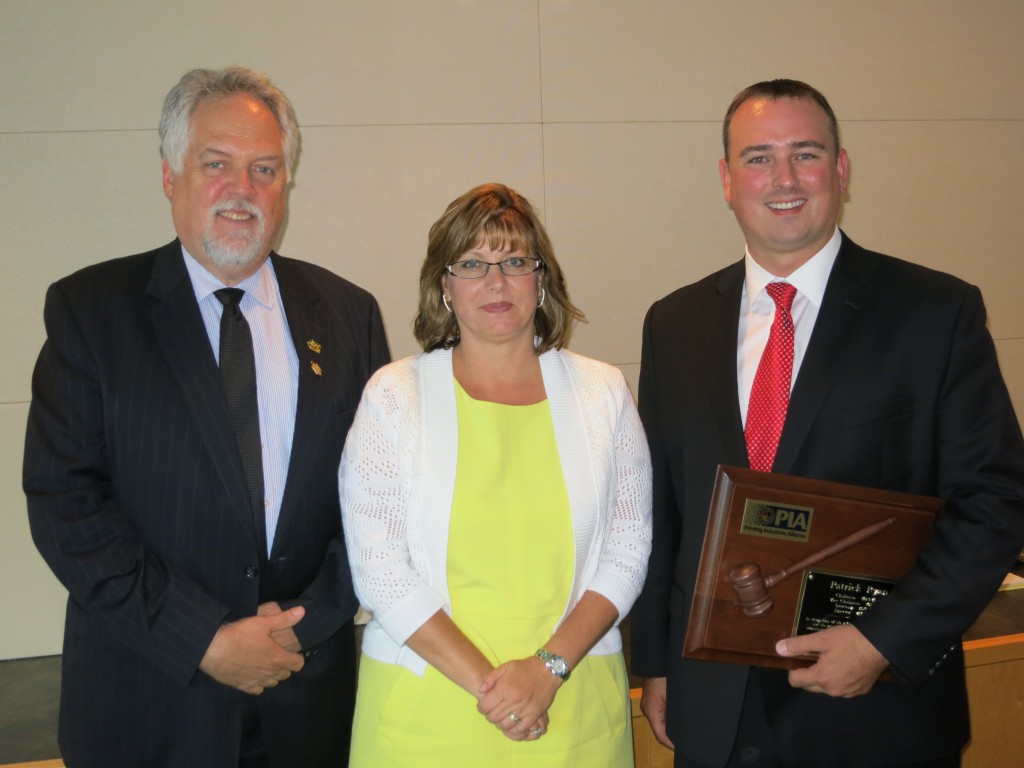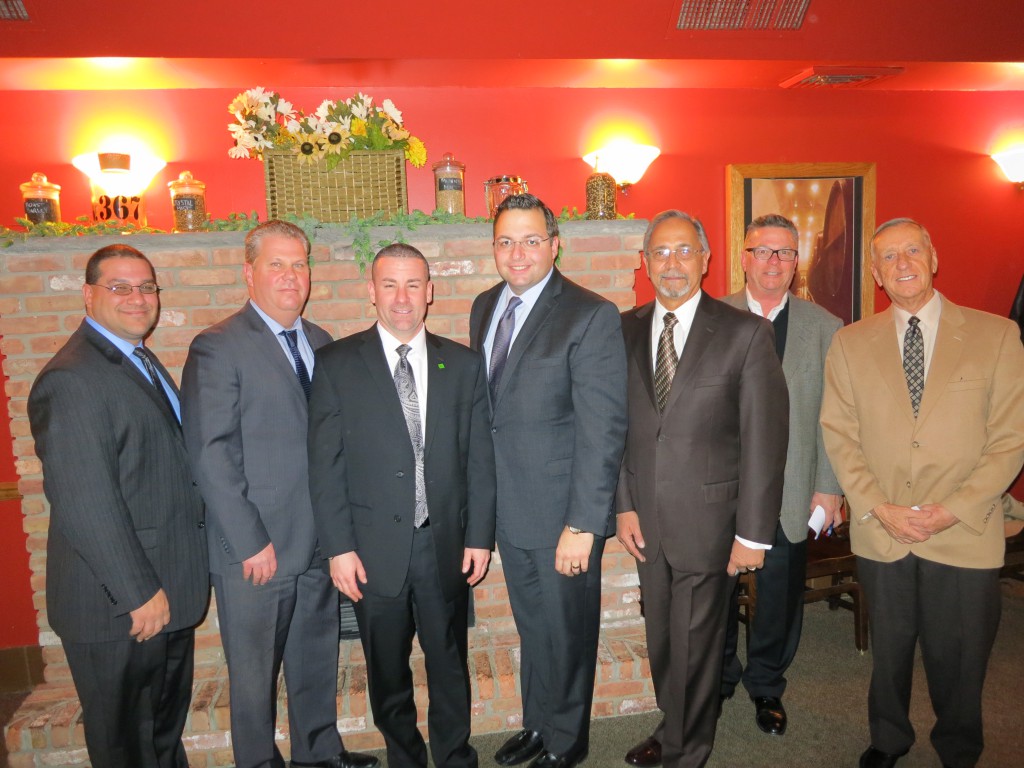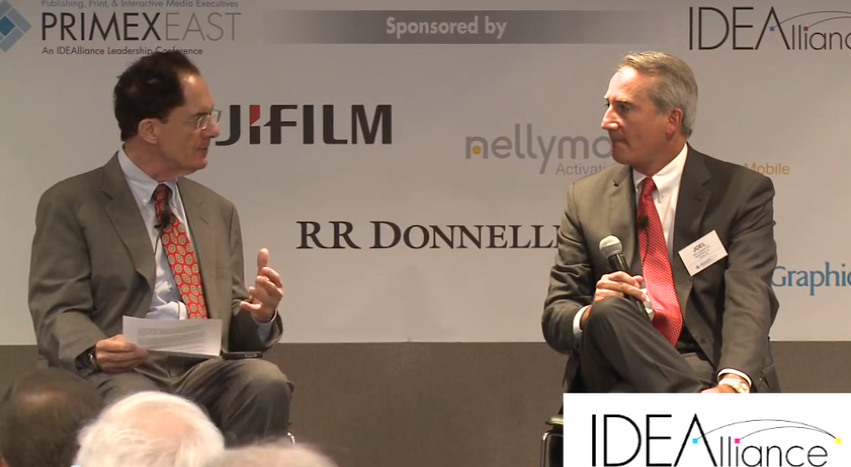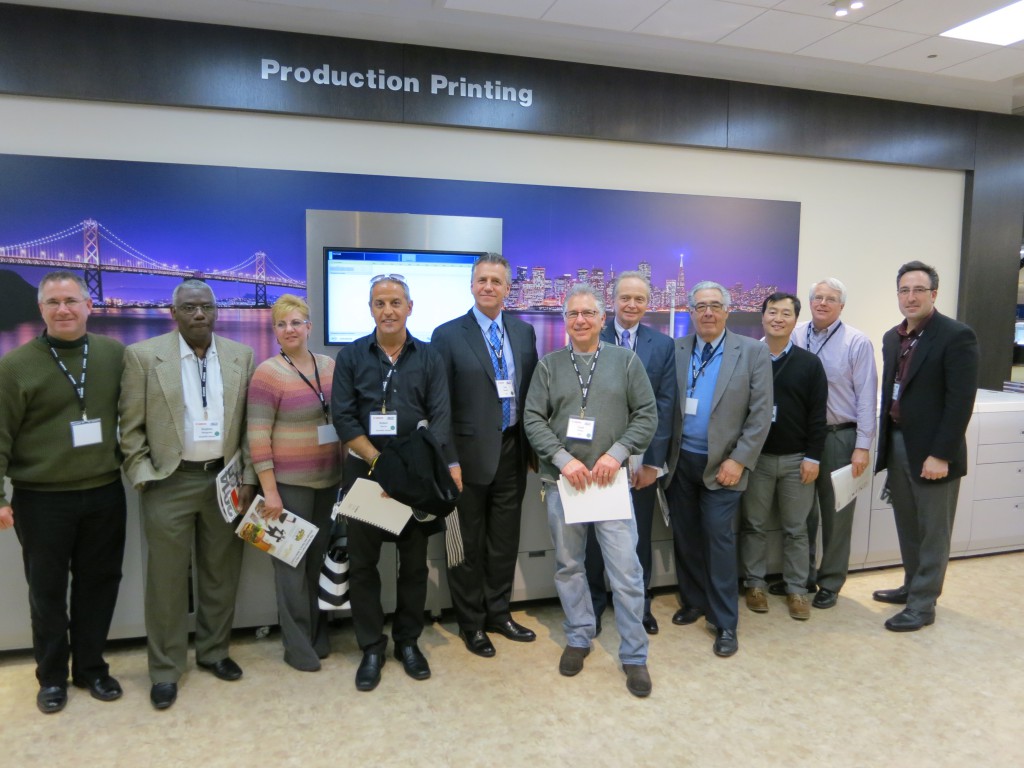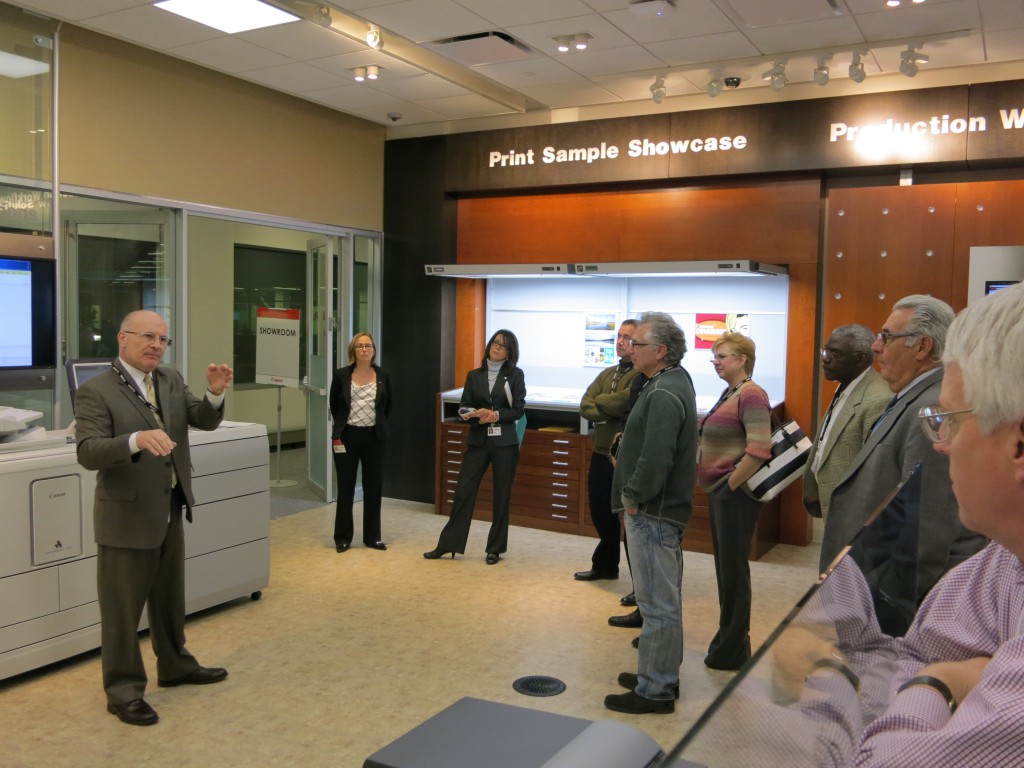 Nearly 300 industry members mixed and mingled at The Art Directors Club during the GCSF holiday bash.
Nearly 300 industry members mixed and mingled at The Art Directors Club during the GCSF holiday bash.
The mood couldn’t have been more festive, the setting more sophisticated, or the cause more worthy as nearly 300 members of the industry gathered at the Manhattan gallery of The Art Directors Club to celebrate the both the holidays and the outstanding work of the Graphic Communications Scholarship Foundation (GCSF).
The December 11 event was notable not only as a social get-together, but also as a revival of camaraderie among groups and clubs that continue to represent graphics professionals in the New York City metro area. Six organizations joined in supporting the holiday bash, while numerous individual friends of the industry contributed time, cash, and gifts to help make the evening a success. Veterans who remember the industry’s annual rounds of Christmastime banquets and parties of 20 to 30 years ago heard many echoes of those much-missed affairs in the clink of glasses and the buzz of conversation at the gala for GCSF.
To those who attended, the scholarship fund needed no introduction as the metro area’s leading source of stipends for young people taking academic degrees in graphic communications and related disciplines.
A 100% volunteer organization that operates without professional staff or overhead expense, GCSF has distributed a total of $416,000 in scholarships to 116 students of graphic design and production since the fund’s inception in 2002. The not-for-profit 501(c)3 corporation acts as a coordinator for a large number of individual scholarship funds and gives all of the money collected through them to students attending or bound for colleges and universities with degree programs in graphic studies.
 Not-so-secret Santa David Luke, a past president of the scholarship fund, emcees with the help of its current president, Jerry Mandelbaum.
Not-so-secret Santa David Luke, a past president of the scholarship fund, emcees with the help of its current president, Jerry Mandelbaum.
Although scholarship recipients can use their stipends at any school with a recognized graphics studies program, GCSF’s hope is that most of them will bring what they learn back to the metro area by pursuing their careers here. To encourage this, GCSF has established a one-to-one mentoring program that pairs students with industry pros for 12 months at a minimum of two contact hours per month. Fifteen students currently are taking advantage of this structured opportunity to gain hands-on experience in graphics-related career fields.
GCSF’s annual scholarship awards presentation ceremony is a high point on the industry’s calendar of events. The tentative hold date for the 13th Annual GCSF Scholarship Awards Celebration and Ceremony at the Hearst Tower is Thursday, June 18, 2015. About a year and a half ago, the fund’s governing committee also began to talk about a year-end celebration to raise additional awareness for the fund and to give the industry in the metro area a new focal point for its still-vigorous fraternal spirit.
The result was the December 11 bash, which included, besides GCSF and the The Art Directors Club, the participation of Printing Industries Alliance, The Advertising Production Club of New York (APC-NY), IDEAlliance, and The Navigators (a club well remembered by many for its Service to Industry Award program). The evening also featured the inauguration of memorial scholarships in the names of industry figures Nina Wintringham and Steve Server, as well as a toy drive on behalf of the Harlem Children’s Zone. (So many toys were donated that some of them were sent to Schneider Children’s Hospital as well as to the Harlem organization.)
Richard Krasner, a past president of the fund and one of the event’s lead organizers, said that the joint support of the groups drove a turnout that enabled GCSF to cover the costs of the party at a ticket price of just $25. According to Krasner, more than a third of those who attended gave cash donations over and above the ticket price. Hearst and Time Inc. helped by buying blocks of tickets for employees.
Jerry Mandelbaum, GCSF’s current president, said that although fundraising wasn’t the primary reason for the holiday bash, the event pulled in almost $15,000 for scholarships from net proceeds, tickets and raffles, and group and individual contributions and donations.
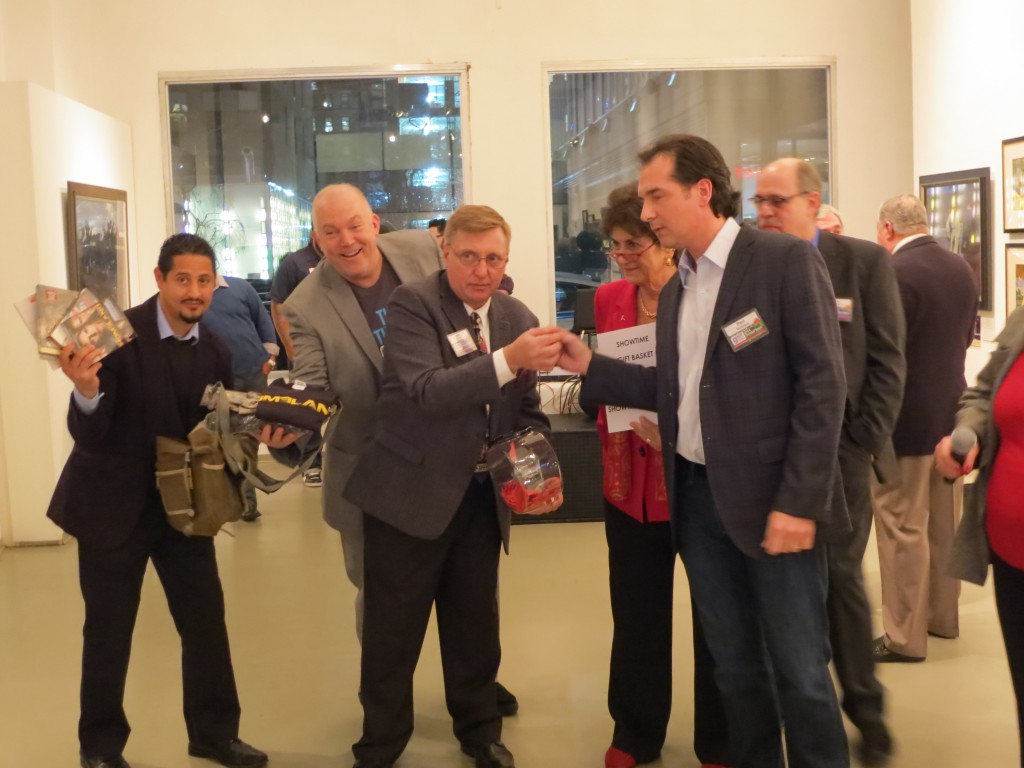 GCSF stuffed a few holiday stockings with the help of a Chinese auction led by (from left) David Garcia, David Luke, Nick Patrissi, Diane Romano, Paul Nicholson, and Jerry Mandelbaum.
GCSF stuffed a few holiday stockings with the help of a Chinese auction led by (from left) David Garcia, David Luke, Nick Patrissi, Diane Romano, Paul Nicholson, and Jerry Mandelbaum.
Krasner said GCSF hopes that the financial and social success of the holiday bash will turn it into a “legacy evening” that the industry can use as an occasion for celebration and good fellowship in years to come. A date for the 2015 edition of the event will be announced.
In the aftermath of any affair that comes off as happily as GCSF’s first holiday bash, thanks and recognition are due in abundance. GCSF gave a special shout-out to Olga Grisaitis and Hugo Verdeguer of The Art Directors Club for their help in making the first-floor space at the gallery on West 29th Street available for the party. Also thanked were those who contributed gifts for a fund-raising Chinese auction: Hallie Satz (Highroad Press), Paul Nicholson (Showtime), Diane Romano (Hudson Yards), David Garcia (LB Graph-X), and Ellen Hurwitch (RedTie Ltd.). Howard Weinstein got credit for sending personnel from Candid Litho to assist with setup and cleanup.
 GCSF officers and trustees, from left: Jack Kott, Jerry Mandelbaum, Jessie Ann Murphy (also a GCSF scholarship recipient), David Luke, Diane Romano, Nick Patrissi, David Garcia, and Mark Darlow.
GCSF officers and trustees, from left: Jack Kott, Jerry Mandelbaum, Jessie Ann Murphy (also a GCSF scholarship recipient), David Luke, Diane Romano, Nick Patrissi, David Garcia, and Mark Darlow.
The planning committee for the holiday bash included Richard Krasner, Diane Romano, Ellen Hurwitch, and Mark Darlow. The current slate of GCSF officers includes Jerry Mandelbaum, president; Ellen Faith Hurwitch, vice president; Diane Romano, vice president; Steve Kennedy, treasurer; Nick Patrissi, secretary; and David Luke, immediate past president.
Our thanks and congratulations to everyone concerned for a swell affair and an uplifting reminder of the philanthropic unity of spirit that has always been our industry’s most distinguishing characteristic.

